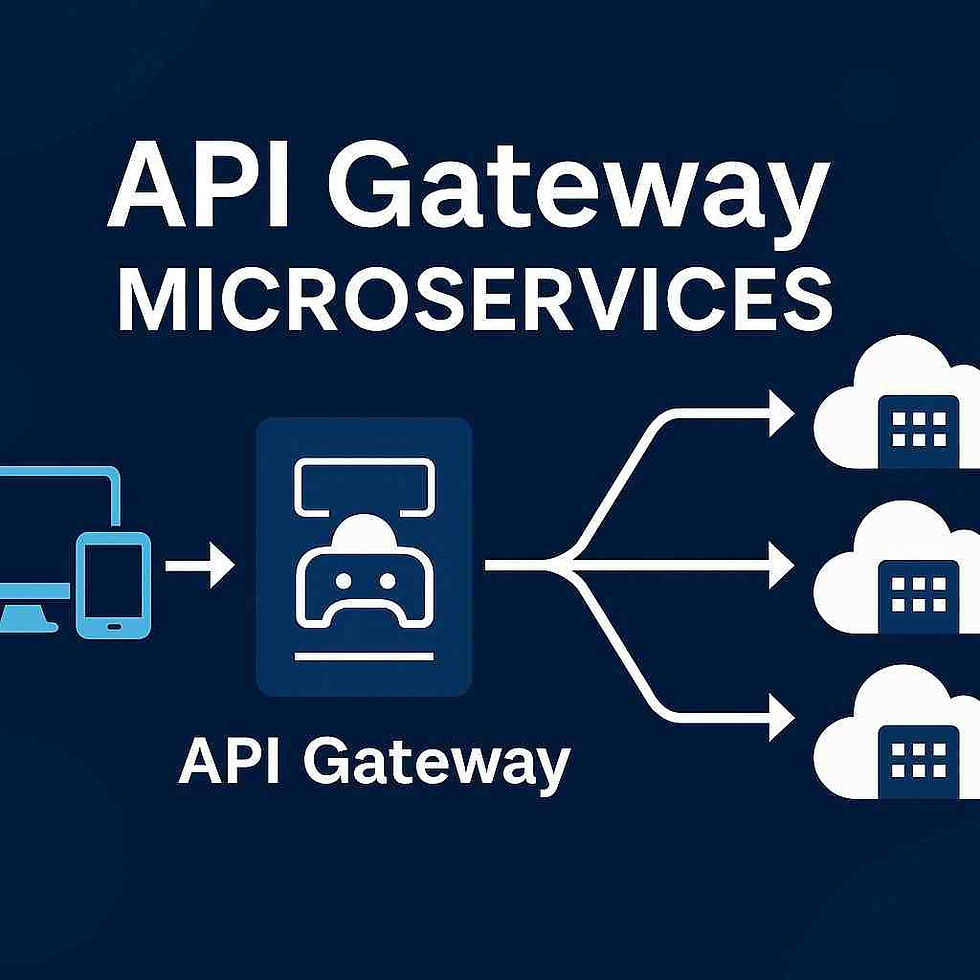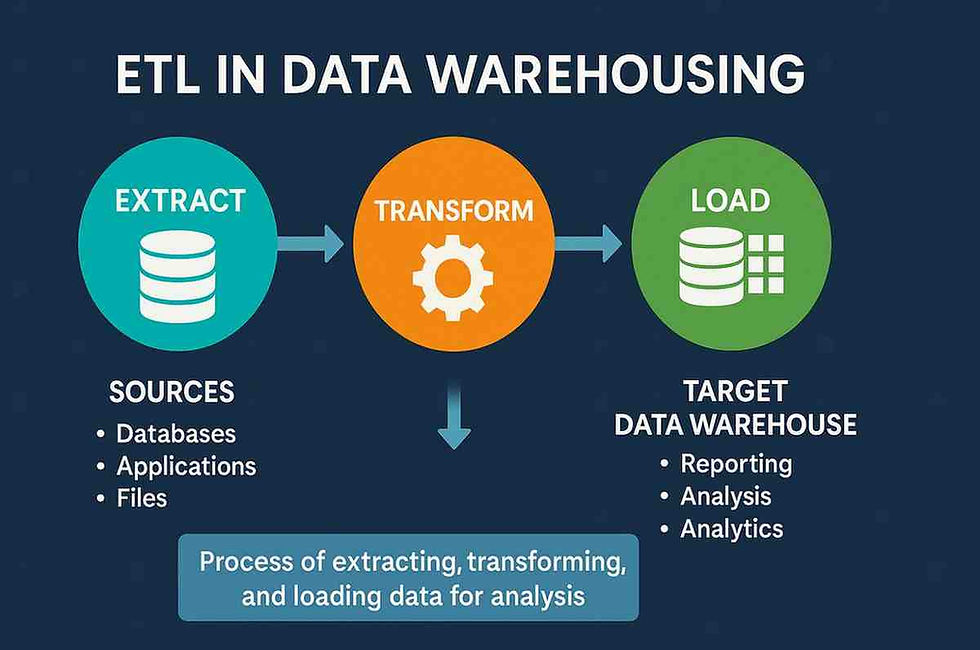Postman Linux Installation Guide 2025 - Setup Tutorial
- Gunashree RS
- Jun 9
- 6 min read
If you're a developer working with APIs on Linux, Postman is probably one of the most essential tools in your toolkit. Whether you're testing REST APIs, debugging endpoints, or collaborating with your team on API documentation, having Postman properly set up on your Linux system can significantly boost your productivity.
In this comprehensive guide, we'll walk you through everything you need to know about getting Postman up and running on Linux, from installation to advanced configuration and troubleshooting common issues.

What is Postman and Why Use It on Linux?
Postman is the most popular collaboration platform for API development, which is used by 10 million developers and 500,000 companies all over the world. It provides a user-friendly interface for testing APIs, creating documentation, and managing collections of requests.
Linux users particularly benefit from Postman because:
Native performance: Runs smoothly on most Linux distributions
Command-line integration: Perfect for DevOps workflows
Resource efficiency: Lighter footprint compared to other platforms
Open-source ecosystem compatibility: Fits well with Linux development environments
How to Install Postman on Linux: Multiple Methods
Method 1: Install Postman Using Snap (Recommended)
The easiest and most straightforward way to install Postman on Linux is through the Snap package manager. You can install Postman on Linux from the Snap store page or by using the snap install postman command.
Step-by-step installation:
Update your system packages:sudo apt update
Install snapd (if not already installed):sudo apt install snapd
Install Postman via Snap:sudo snap install postman
Launch Postman: postman
Advantages of Snap installation:
Automatic updates
Easy removal and reinstallation
Sandboxed environment for security
Works across different Linux distributions
Method 2: Download and Install from Official Website
If you prefer more control over your installation or your system doesn't support Snap packages, you can download Postman directly.
Installation steps:
Download the latest version: wget https://dl.pstmn.io/download/latest/linux64 -O postman-linux-x64.tar.gz
Extract the archive: tar -xzf postman-linux-x64.tar.gz
Move to system directory: sudo mv Postman /opt/
Create symbolic link: sudo ln -s /opt/Postman/Postman /usr/bin/postman
Create desktop entry (optional): cat > ~/.local/share/applications/postman.desktop <<EOL
[Desktop Entry]
Encoding=UTF-8
Name=Postman
Exec=/opt/Postman/Postman
Icon=/opt/Postman/app/resources/app/assets/icon.png
Terminal=false
Type=Application
Categories=Development;
EOL
Method 3: Install Postman CLI
Run the following command to install the Postman CLI for the latest Linux version. This is perfect for automation and CI/CD pipelines.
curl -o- "https://dl-cli.pstmn.io/install/linux64.sh" | shSetting Up Postman on Different Linux Distributions
Ubuntu and Debian-based Systems
For Ubuntu users, the Snap method works perfectly, but you might also want to consider:
Using Ubuntu Software Center:
Open Ubuntu Software
Search for "Postman"
Click "Install"
Using APT with custom repository:
wget -qO - https://dl.pstmn.io/download/latest/linux64 | sudo tar -xz -C /opt/
sudo ln -s /opt/Postman/Postman /usr/local/bin/postmanFedora and RPM-based Systems
For Fedora, CentOS, and RHEL users:
Install via Flatpak:
sudo dnf install flatpak
flatpak install flathub com.getpostman.PostmanManual installation:
sudo dnf install wget tar
wget https://dl.pstmn.io/download/latest/linux64 -O postman.tar.gz
sudo tar -xzf postman.tar.gz -C /opt/
sudo ln -s /opt/Postman/Postman /usr/local/bin/postmanArch Linux
For Arch users, you can use the AUR:
yay -S postman-bin# or
sudo pacman -S postmanConfiguring Postman for Optimal Performance
Once installed, here are some key configurations to optimize your Postman experience on Linux:
1. Proxy Settings: If you're behind a corporate firewall:
Go to File → Settings → Proxy
Configure your proxy settings appropriately
2. SSL Certificate Configuration:
Navigate to File → Settings → Certificates
Add custom CA certificates if needed
3. Theme and Appearance:
Choose between light and dark themes in Settings → Themes
Adjust font sizes for better readability
4. Workspace Organization:
Create separate workspaces for different projects
Use collections to organize related API requests
Implement proper naming conventions
Advanced Features for Linux Users
Environment Variables Integration
Postman on Linux can seamlessly integrate with your system environment variables:
export API_BASE_URL="https://api.example.com"
export API_KEY="your-secret-key"
Access these in Postman using {{$processEnv.API_BASE_URL}} syntax.
Command Line Automation
Using Postman CLI for automated testing:
postman collection run "collection-name" --environment "environment-name"
Integration with Development Tools
Git integration: Store collections in version control
Docker integration: Run Postman in containers
Jenkins/CI pipelines: Automate API testing
Troubleshooting Common Issues
Issue 1: Postman Won't Start
Symptoms: Application launches but shows a blank screen or crashes immediately.
Solutions:
Clear Postman data:
rm -rf ~/.config/Postman
Check permissions: chmod +x /opt/Postman/Postman
Run with debugging: postman --verbose
Issue 2: Network Connection Problems
Symptoms: Cannot make API requests, timeout errors.
Solutions:
Check firewall settings: sudo ufw status
Verify DNS resolution: nslookup api.example.com
Test with curl first: curl -v https://api.example.com/endpoint
Issue 3: SSL Certificate Errors
Symptoms: SSL verification failures, certificate warnings.
Solutions:
Disable SSL verification temporarily (for testing only)
Add custom certificates in Postman settings
Update system CA certificates: sudo apt update && sudo apt install ca-certificates
Issue 4: Performance Issues
Symptoms: Slow response times, high memory usage.
Solutions:
Close unnecessary tabs and collections
Clear request/response cache
Adjust memory settings in preferences
Monitor system resources: htop
Best Practices for Postman on Linux
Security Considerations
Environment Variable Usage:
Store sensitive data in environment variables
Never commit API keys to version control
Use different environments for development/production
Network Security:
Use HTTPS endpoints when possible
Implement proper authentication
Regularly rotate API keys
Performance Optimization
Resource Management:
Close unused tabs regularly
Limit history retention
Use pagination for large datasets
Collection Organization:
Group related requests logically
Use descriptive names and documentation
Implement proper folder structure
Workflow Integration
Version Control:
Export collections regularly
Use Git hooks for automatic backups
Maintain separate branches for different API versions
Team Collaboration:
Share workspaces appropriately
Use team libraries for common requests
Implement review processes for API changes
Comparing Installation Methods
Method | Pros | Cons | Best For |
Snap | Easy installation, auto-updates | Larger size, slower startup | Most users |
Manual Download | Full control, lightweight | Manual updates required | Advanced users |
Package Manager | System integration | Distribution-dependent | System administrators |
Flatpak | Sandboxed, universal | Additional overhead | Security-conscious users |
The choice depends on your specific needs, system requirements, and maintenance preferences.
Frequently Asked Questions
How do I update Postman on Linux?
For Snap installations:
sudo snap refresh postman
For manual installations: Download the latest version and repeat the installation process, or set up automatic update scripts.
Can I run multiple versions of Postman simultaneously?
Yes, you can install different versions in separate directories. However, be careful about configuration conflicts and ensure each version uses different data directories.
Is Postman free on Linux?
Yes, Postman offers a generous free tier that includes most features needed for individual development. Advanced team features require paid subscriptions.
How do I backup my Postman collections on Linux?
You can export collections through the GUI or use the command line:
postman collection export "collection-id" --output "backup.json"
What are the system requirements for Postman on Linux?
64-bit Linux distribution
Minimum 4GB RAM (8GB recommended)
200MB free disk space
Modern graphics drivers for GUI features
How do I fix "Postman is stuck on loading screen" issue?
Try these solutions in order:
Restart the application
Clear cache and data
Disable hardware acceleration
Reinstall Postman
Can I use Postman offline on Linux?
Yes, most Postman features work offline. However, team collaboration, sync, and some cloud features require internet connectivity.
How do I integrate Postman with my Linux development workflow?
Use environment variables for configuration
Integrate with CI/CD pipelines using Newman
Store collections in Git repositories
Use command-line automation for repetitive tasks
Key Takeaways
• Multiple installation options: Choose between Snap, manual download, or package managers based on your needs and preferences
• Distribution compatibility: Postman works seamlessly across all major Linux distributions including Ubuntu, Fedora, Arch, and CentOS
• Command-line integration: Leverage Postman CLI for automation, testing, and CI/CD pipeline integration
• Environment variable support: Seamlessly integrate with Linux environment variables for flexible configuration management
• Troubleshooting knowledge: Most common issues can be resolved by clearing the cache, checking permissions, or adjusting network settings
• Security best practices: Always use environment variables for sensitive data and implement proper authentication mechanisms
• Performance optimization: Regular maintenance, proper organization, and resource management ensure smooth operation
• Team collaboration: Postman's workspace and collection sharing features work excellently in Linux development environments




after another long session setting up postman on linux I just wanted to chill for a bit, so I decided to check out a review of https://playastronaut.com/ — always curious how modern space games are made, cause sometimes even in programming you feel like an astronaut exploring unknown lands. then I randomly stumbled on https://fortunegemsslot.com/ and was kinda surprised how much slot games are like working with apis: it’s all about a lucky request and some unexpected result. both experiences reminded me how important it is to switch tasks sometimes so you don’t burn out from routine.
Developers rely on lightweight tools like Postman to streamline API testing and automation. Smooth installation across operating systems saves hours of setup frustration. Those managing data synchronization can explore https://icloud.pissedconsumer.com/customer-service.html to understand cloud integration challenges and solutions. Reliable support ensures workflows remain consistent across devices, keeping innovation efficient. Every software ecosystem thrives when setup guidance and technical resources are easily accessible to professionals and beginners alike.
I first heard about disco-win.net last year and decided to give it a try. Honestly, what stood out to me was the sheer number of games – there’s always something new popping up. I never felt limited to just slots or table games. Another plus for me is how smooth the mobile version works; I can play without worrying about apps or crashes. I also like that support is available at any hour. I’ve used live chat a couple of times and got fast answers. From my experience, it feels like a reliable place to play.